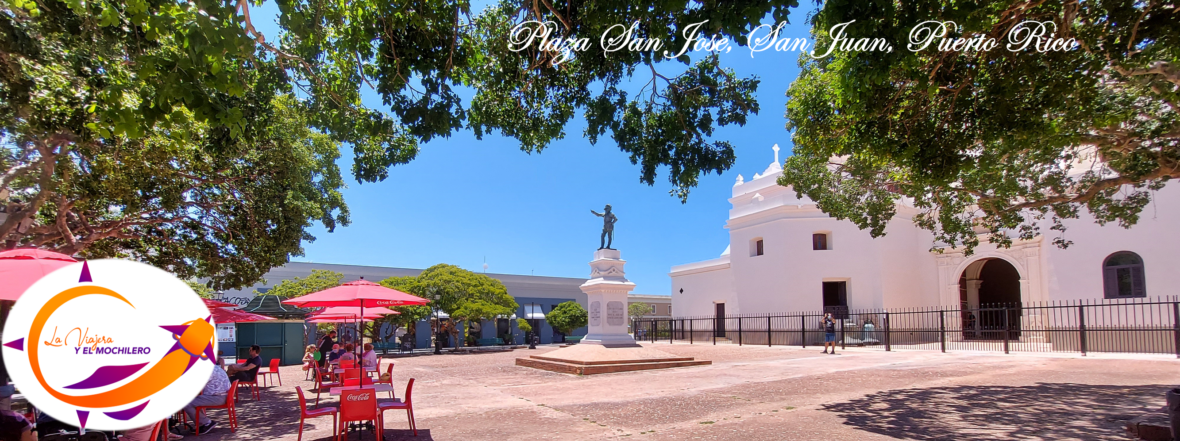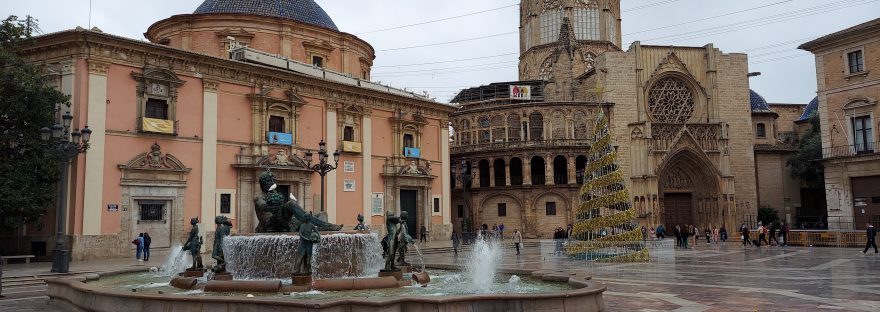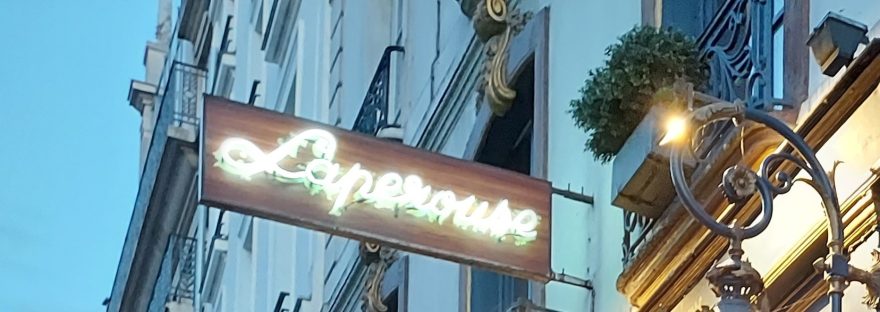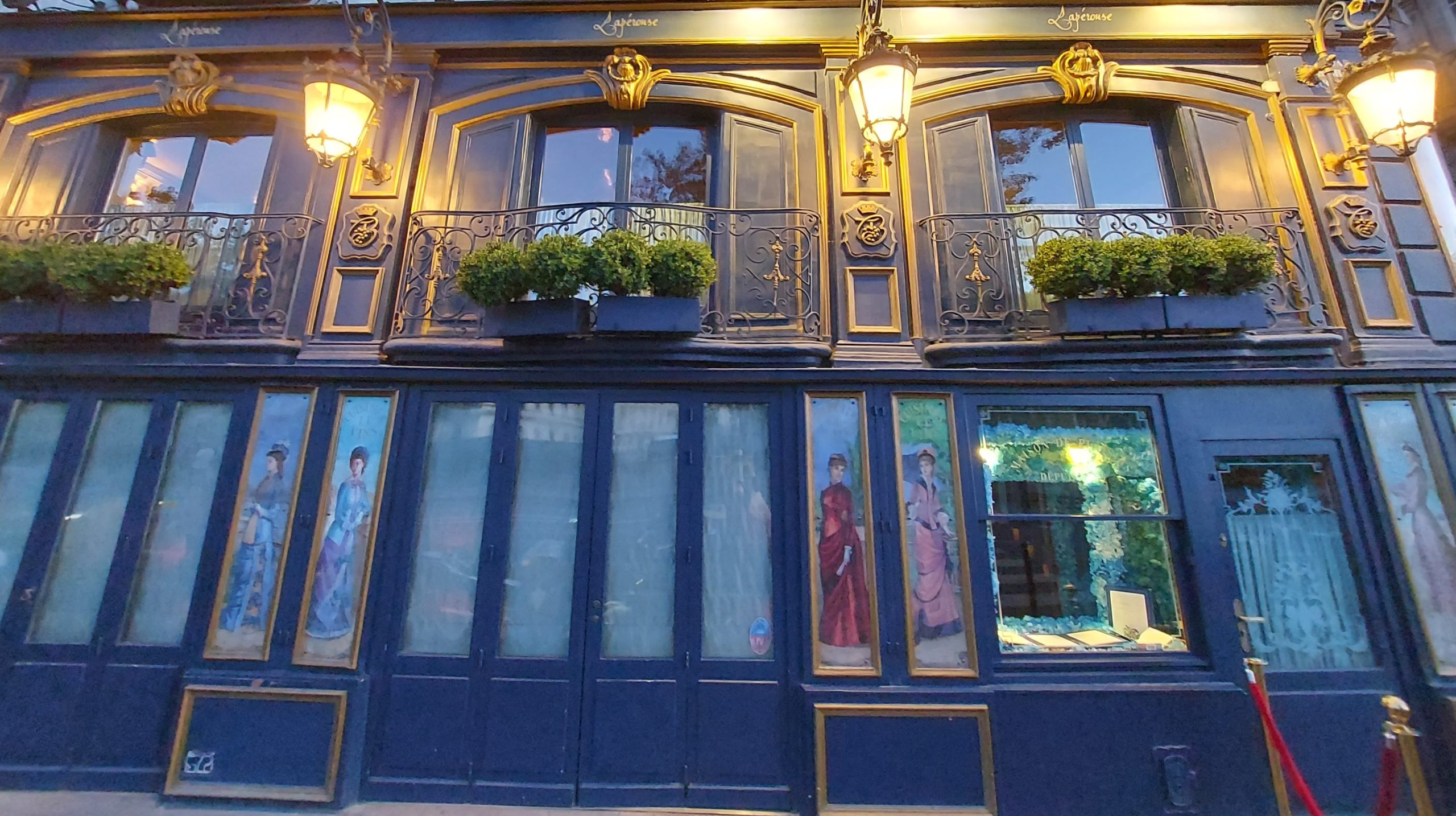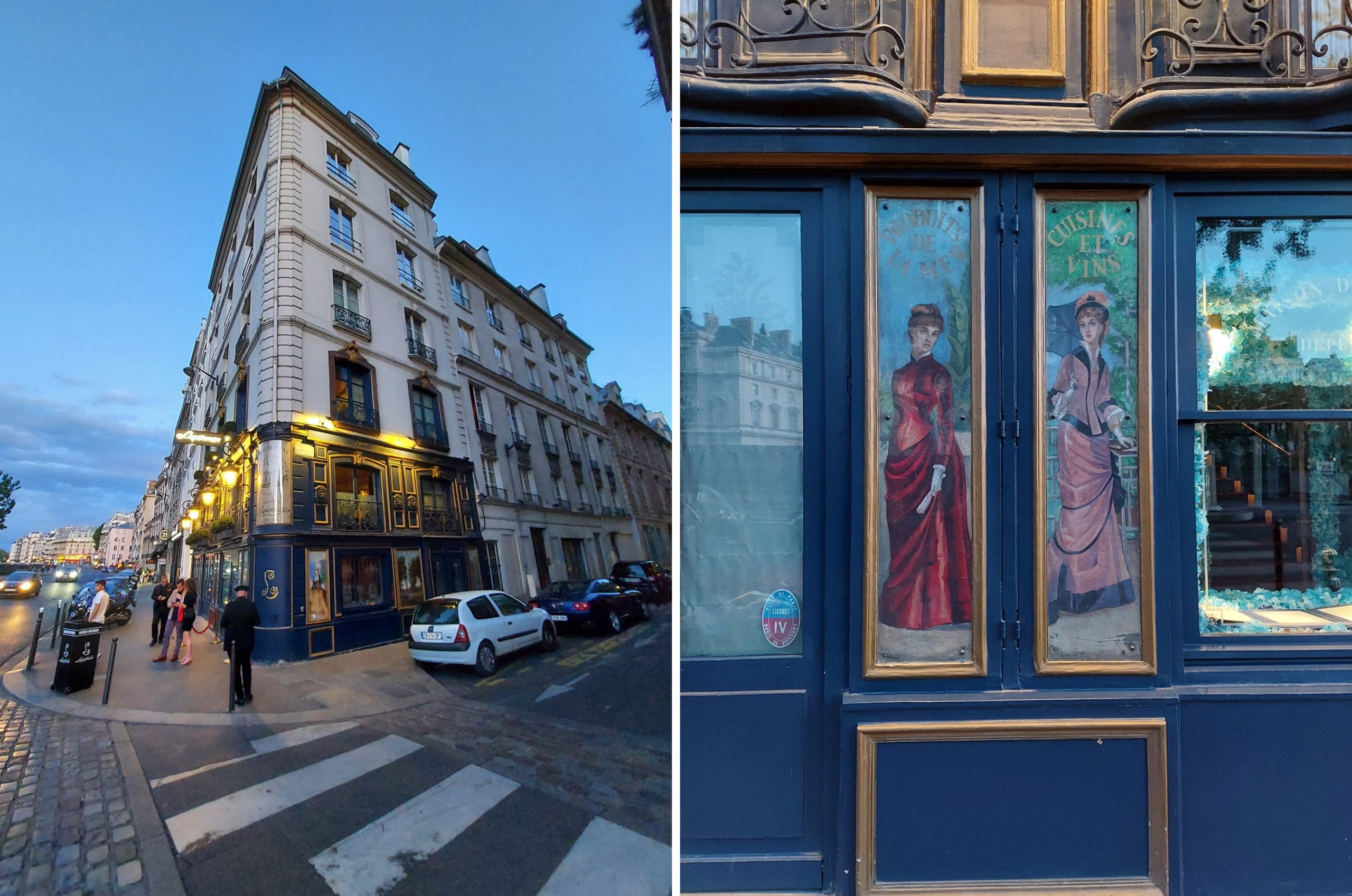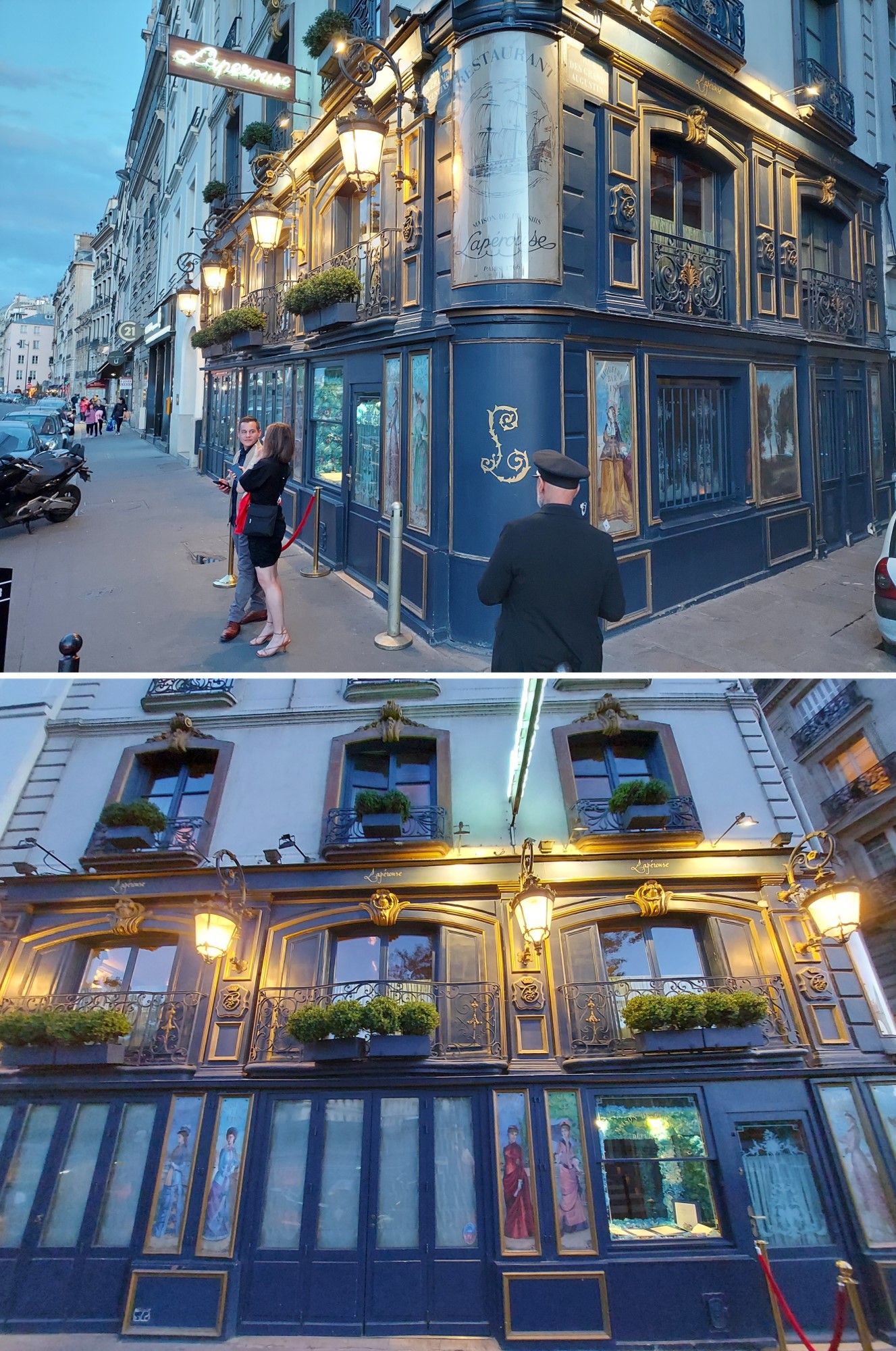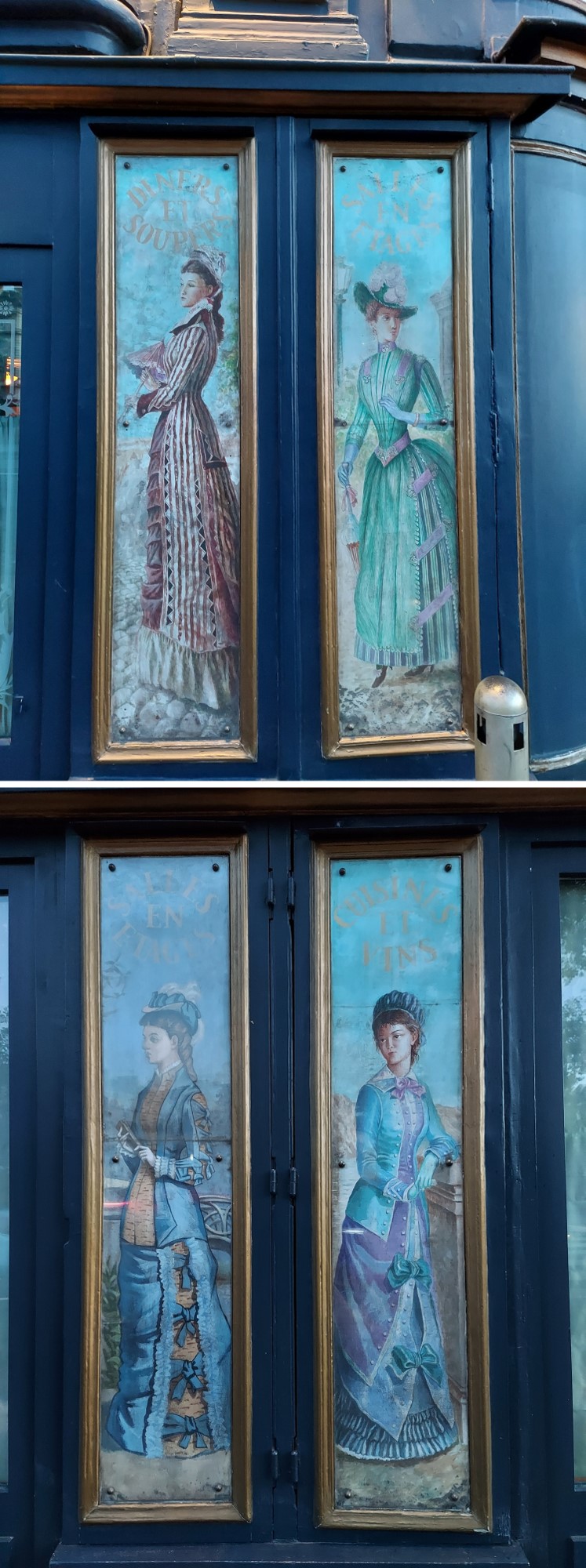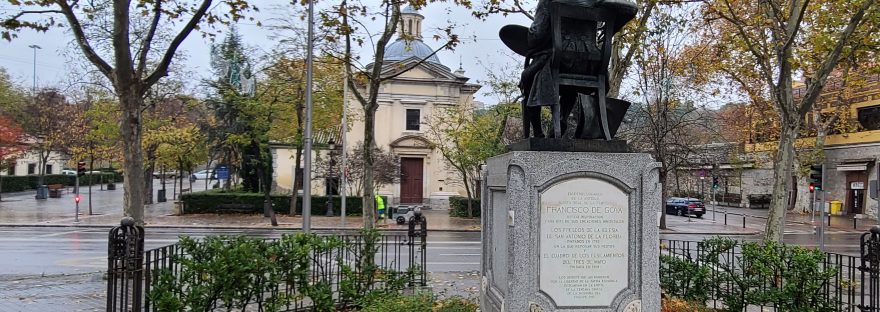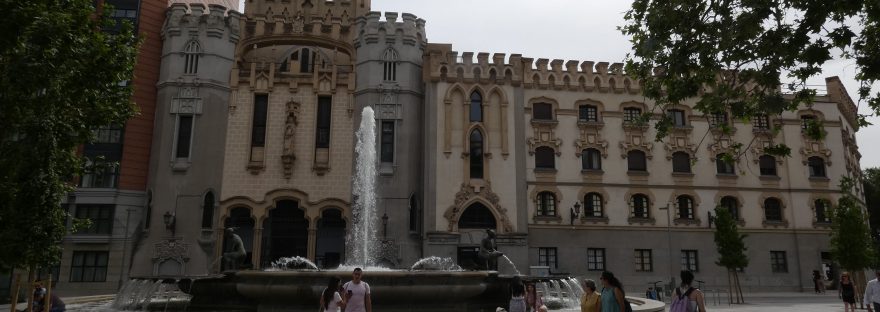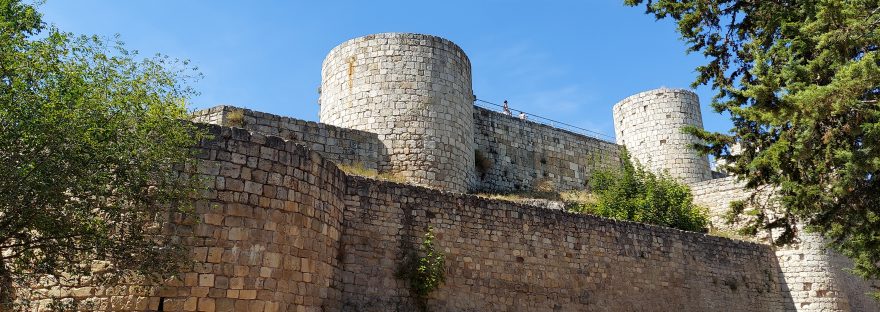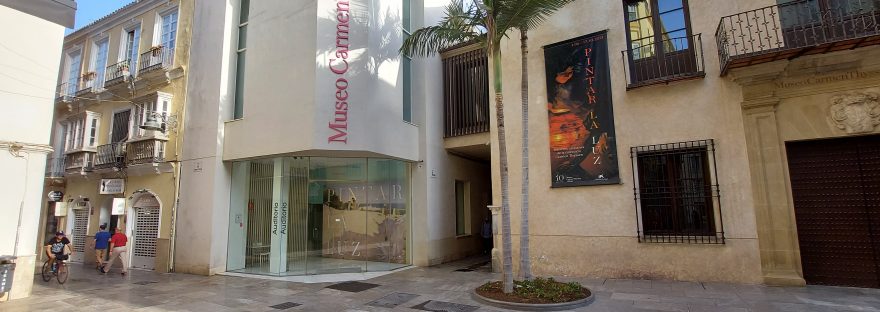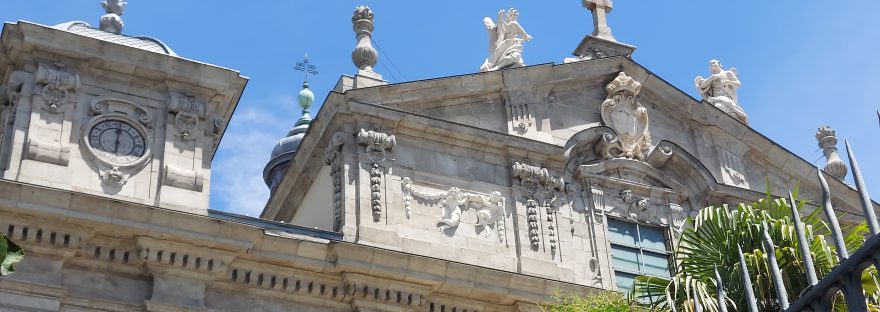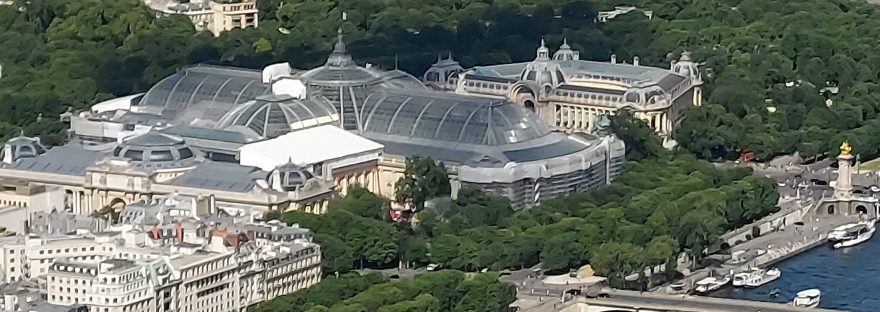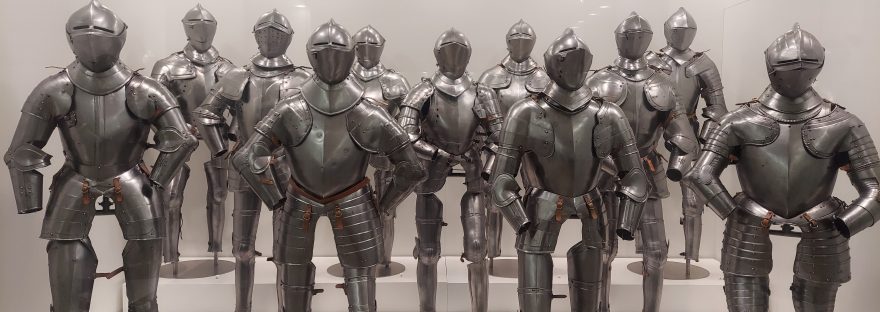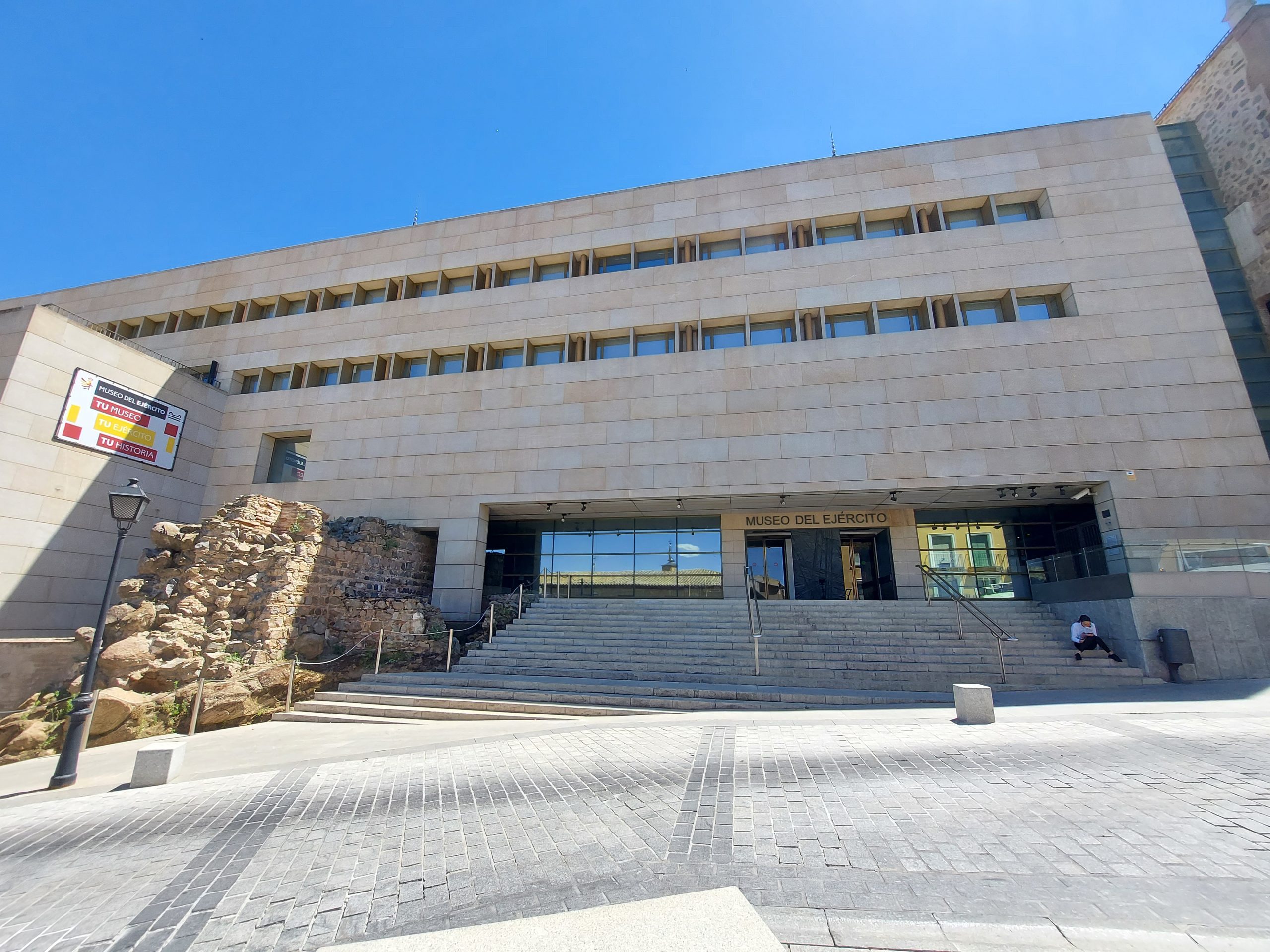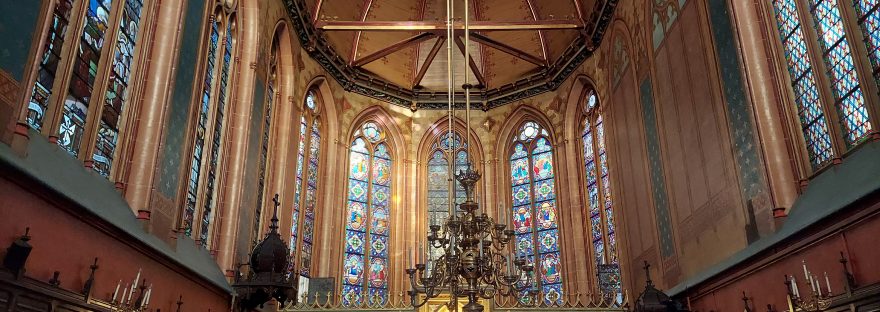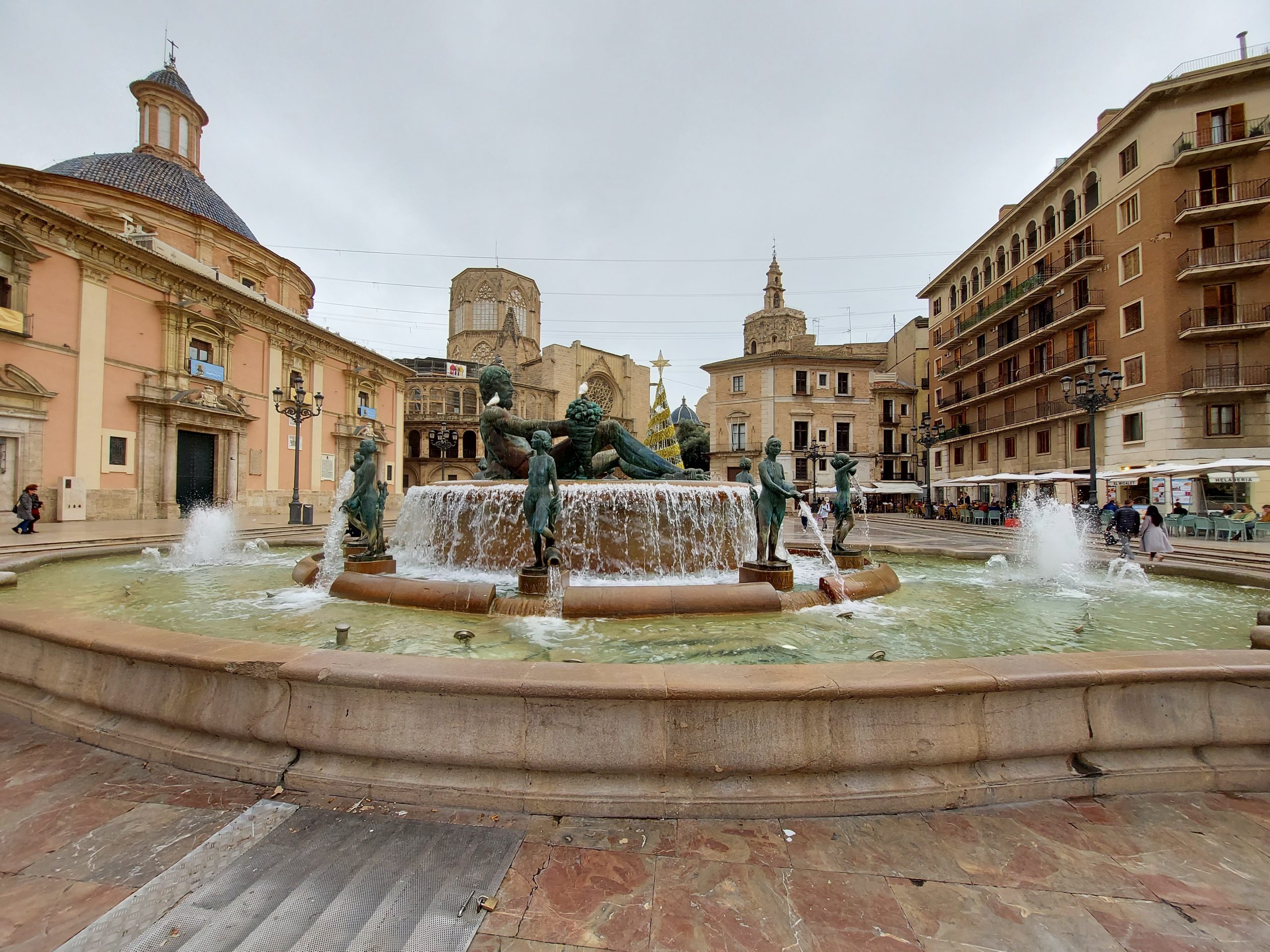
On the first day of our visit to Valencia, we went to its historic center, arriving at the Plaza de la Virgen where the beautiful fountain allegorical to the Turia River immediately caught our attention. Likewise, we observed the Cathedral of Valencia, with its predominant style called “Valencian Gothic” and just to the right side of the cathedral, another temple is located. This one, more sober, although the structure stood out notably for its salmon tonality, which harmonized very well with the architectural details in stone of its façade. We approached to read its name, it was the Real Basílica de Nuestra Señora de los Santos Inocentes Mártires y Desamparados (Royal Basilica of Our Lady of the Holy Innocents, Martyrs and Forsaken). Definitely, a long name, but with a lot of meaning. At that time, the temple was closed, so we could only contemplate its exterior. Continue reading “Royal Basilica of Our Lady of the Holy Innocent Martyrs and the Forsaken”
